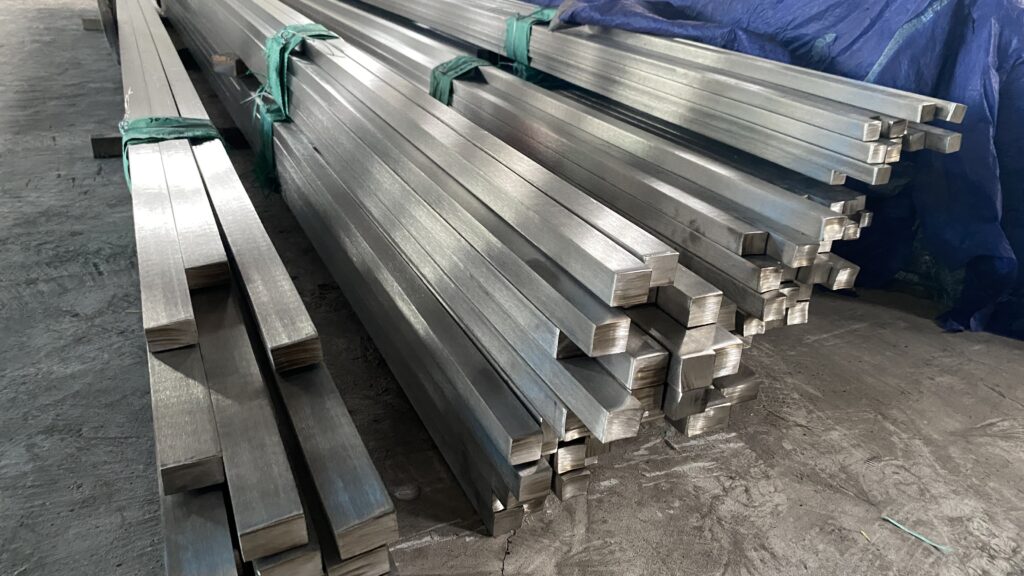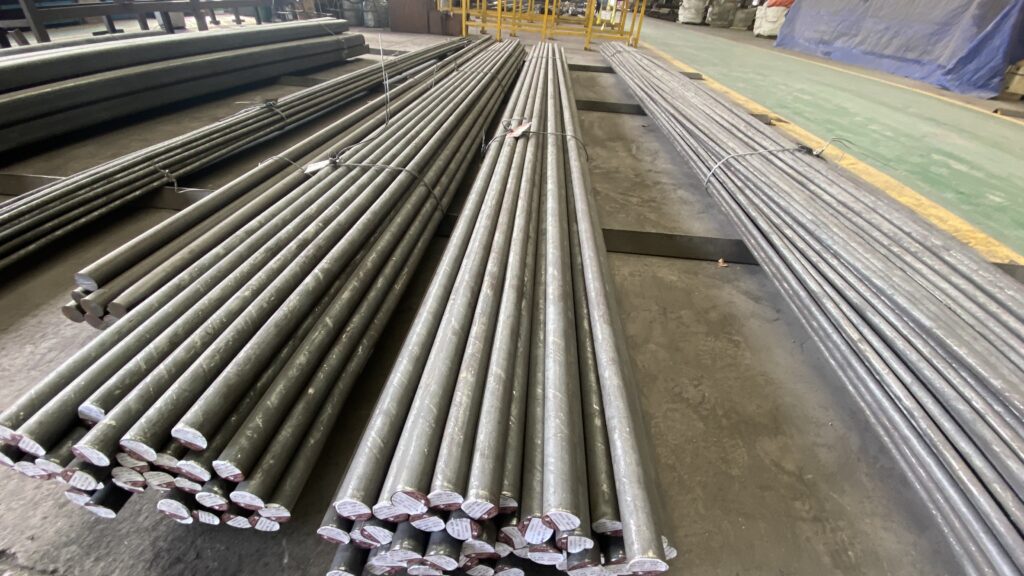Welcome to My Blog!
Before we dive into the content, I’d love for you to join me on my social media platforms where I share more insights, engage with the community, and post updates. Here’s how you can connect with me:
Facebook:https://www.facebook.com/profile.php?id=100090063158454
Now, let’s get started on our journey together. I hope you find the content here insightful, engaging, and valuable.

Introduction
In the world of manufacturing, materials selection plays a critical role in ensuring product quality and longevity. Among various materials, 304 stainless steel stands out due to its remarkable properties. This article delves into the 304 stainless steel properties, exploring its composition, advantages, applications, and more. Understanding these properties is essential for manufacturers aiming to create reliable and durable products.
Understanding 304 Stainless Steel
304 stainless steel is a versatile alloy primarily composed of iron, chromium (around 18%), and nickel (around 8%). These elements contribute significantly to its properties. The inclusion of chromium provides excellent corrosion resistance, while nickel enhances its ductility and toughness.
Key Properties of 304 Stainless Steel
The properties of 304 stainless steel can be categorized into mechanical, physical, and corrosion resistance properties. Below is a detailed breakdown:
| Property | Description |
|---|---|
| Density | 8.0 g/cm³ |
| Melting Point | 1400-1450°C |
| Yield Strength | 215 MPa |
| Tensile Strength | 505 MPa |
| Elongation | 40% |
| Hardness (Brinell) | 201 HB |
| Corrosion Resistance | Excellent against various acids and environments |
Mechanical Properties of 304 Stainless Steel
The mechanical properties of 304 stainless steel are crucial for its performance in various applications. The yield strength of 215 MPa indicates its ability to withstand stress without permanent deformation. The tensile strength of 505 MPa ensures that the material can handle significant loads before breaking.
Ductility and Formability
One of the standout 304 stainless steel properties is its excellent ductility, which allows it to be formed into various shapes without cracking. This property is particularly beneficial in manufacturing processes such as deep drawing and bending.
Corrosion Resistance of 304 Stainless Steel
304 stainless steel is renowned for its exceptional resistance to corrosion. This property is primarily due to the formation of a passive layer of chromium oxide on the surface. This layer protects the underlying metal from various corrosive environments, making it ideal for applications in food processing, chemical storage, and more.
Factors Influencing Corrosion Resistance
Several factors can affect the corrosion resistance of 304 stainless steel, including:
- Environmental Conditions: High levels of chloride can lead to pitting corrosion.
- Temperature: Higher temperatures can accelerate corrosion.
- Surface Finish: A smooth surface finish enhances corrosion resistance.
Applications of 304 Stainless Steel
Due to its advantageous properties, 304 stainless steel is widely used in various industries. Common applications include:
- Food and Beverage Processing: Tanks, pipes, and equipment.
- Chemical Processing: Storage tanks and reactors.
- Architecture: Handrails, trim, and structural components.
Case Study: 304 Stainless Steel in Food Processing
A notable example of 304 stainless steel properties in action is in the food processing industry. Its corrosion resistance and ease of cleaning make it the material of choice for equipment like mixers and conveyors. This ensures that products remain uncontaminated and meet health standards.
Advantages of Using 304 Stainless Steel
Choosing 304 stainless steel for manufacturing comes with several benefits:
- Versatility: Suitable for various applications.
- Longevity: High resistance to corrosion extends product life.
- Ease of Fabrication: Easily welded and formed into complex shapes.
Conclusion
Understanding 304 stainless steel properties is essential for manufacturers looking to create durable and reliable products. Its mechanical strength, corrosion resistance, and versatility make it a preferred choice in numerous industries. As technology advances, the demand for high-quality materials like 304 stainless steel will only increase, making it crucial for manufacturers to stay informed about its properties.

FAQ
What is the main composition of 304 stainless steel?
304 stainless steel is primarily composed of iron, chromium (18%), and nickel (8%).
How does 304 stainless steel resist corrosion?
It forms a passive layer of chromium oxide that protects against corrosive environments.
Can 304 stainless steel be welded?
Yes, 304 stainless steel has excellent weldability, making it suitable for various fabrication processes.
Is 304 stainless steel magnetic?
304 stainless steel is generally non-magnetic, but can become slightly magnetic when cold-worked.
What are the common applications of 304 stainless steel?
Common applications include food processing equipment, chemical containers, and architectural elements.
How does temperature affect the properties of 304 stainless steel?
Higher temperatures can accelerate corrosion and affect the mechanical properties of the steel.
Why is 304 stainless steel preferred in food processing?
Its excellent corrosion resistance and ease of cleaning make it ideal for food contact applications.
By understanding and utilizing the essential properties of 304 stainless steel, manufacturers can enhance product quality and ensure long-lasting performance in a variety of applications.
